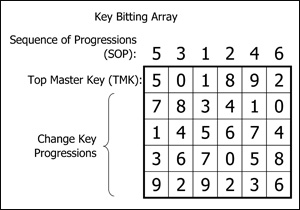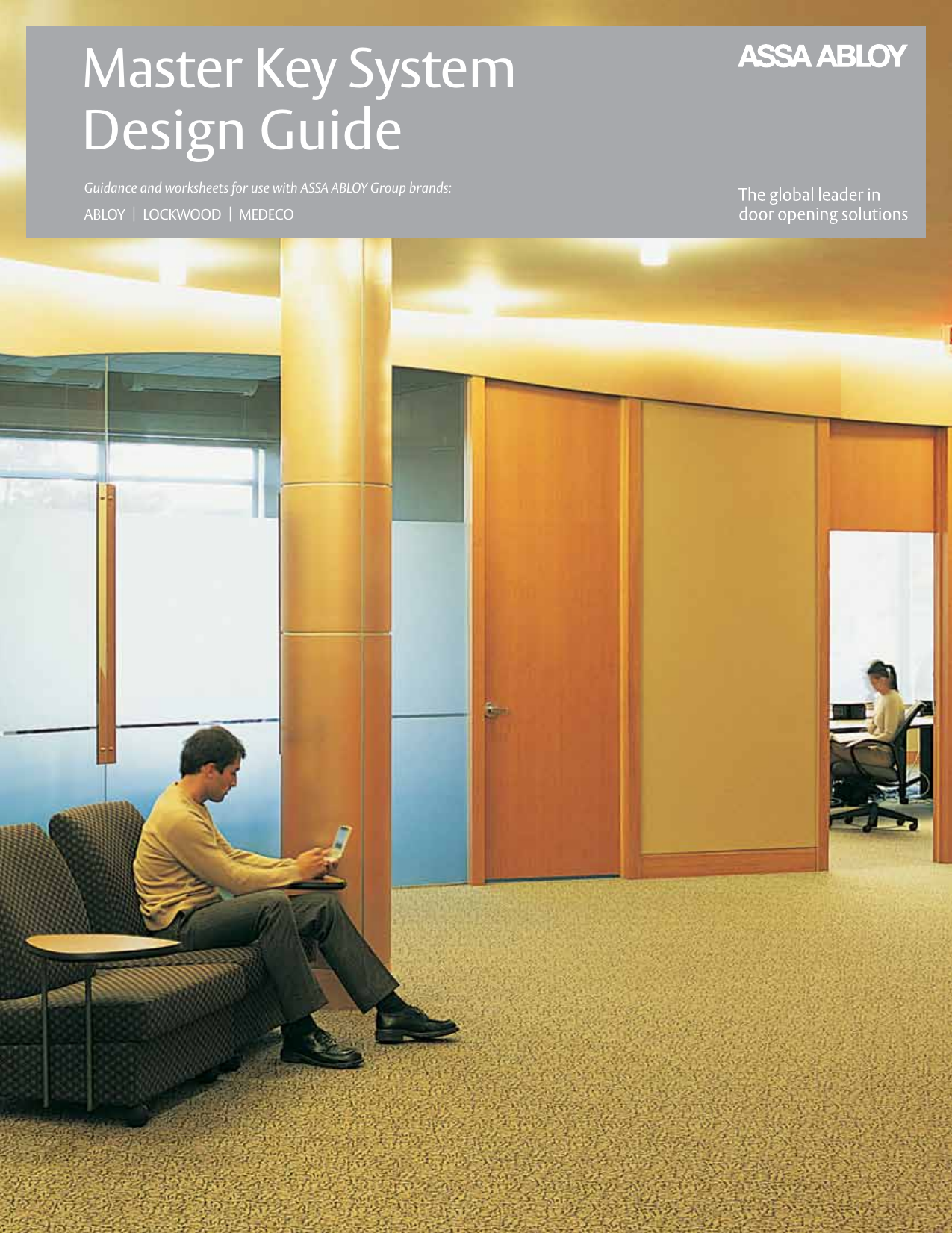By Robert G. Sieveking

Master keying is the process of making a lock cylinder work with 2 or more separate keys. By separate, we mean keys that are cut differently, not duplicate keys. An ideal example of this is an office door within your commercial building. There is also another pad to the north. There you will use the Eye of Veeshan key purchased from the vendor to port to your quest npcs for PoSky. The final pad is to the west, which takes you to Noble Dijan (Island 1.5), In order to use the pad you will need to buy a Key of Swords from the Key Master. Key of the Misplaced (Key to Isle 2). At Master Lock, the health and safety of our associates is always a priority. During this rapidly evolving time, we’re taking the necessary precautions to help reduce the spread of COVID-19 in our communities and our facilities while continuing to meet our customers’ needs.
Guide toCommon Master Keying
This book takes much of the mystery out of master keying. It contains many of the tricks, work-arounds and insights gained through experience. It is unlike many of the grand works of technical confusion penned by other authors. This is a Complete Home Study Course (a How-To guide) in master keying. The book is spiral bound for ease of reading and use in the shop. It is better than a class or lecture. Learning objectives are stated at the beginning of each chapter and Study questions follow the text. Answers to the questions are found at the back of the book. The 'Scan and Print' section allows the reader to copy and reproduce blank forms, System Cards, Pinning Matrix Cards and Pinning Cards found in the text. If I had found this book forty years ago, my experiences with master keyed systems would have been a lot easier. It is priced at about half what you would expect to pay for a short class in master keying, at any locksmith convention or trade show. This book makes Master Keying easy to understand and will answer many of the questions surrounding the magic of master key systems. 'You' can write Master Key systems, with al little knowledge and a sharp pencil. You just have to know the 'Basic Rules of Master Keying.'
Written by a Locksmith of over 40 years, Instructor and International Speaker on Locks and Locksmith Techniques, this book is a 'must have' text for anyone that writes or maintains pin tumbler Master Key Systems. No other book covers the subject to this level of explanation.

Master Keying Instructions
5 1/2 x 8 1/2 Spiral Bound, 184 pages
Articles about masterkeying have appeared dozens of times in Locksmith Ledger. Masterkeying has been the topic of books by well-known people in our industry. Full one or two day classes on masterkeying are regularly presented at almost every locksmith convention. With this background, what could possibly be new or different about masterkeying that has not already been discussed?
What will be presented here is what might be called 'plug-in' masterkeying. It is designed to streamline the dull repetitive process of generating numbers and quickly move you into the profitable part of your job which is key cutting and rekeying.
Locksmith Master Keying Charts
First, a short primer on key bitting arrays. Yale set the general size for pin tumbler keys 150 years ago. Given this size, it was discovered that the Yale key size allows approximately 10 steps, or increments of depth from the highest possible cut on the key to the lowest possible cut. Lock companies may differ on what the dimension of each depth increment may be (usually between .0125' and .019') but regardless of the dimension being used, the amount of different possible increments for most popular lock companies is 10.
Most popular lock systems use five pin chambers for keying. Some commercial systems may use six or seven pin chambers, but this article will concentrate on a five chamber key system.

Variables such as parts wear and mass production can provide unplanned tolerances in a lock cylinder. With enough tolerance, key cuts such as 13131 and 14141 may unintentionally operate the same cylinder. This is called key interchange and must be avoided. In order to avoid interchanges, masterkey systems are designed to use a larger dimension of two increments between key cuts. Therefore in a masterkey system using key cuts such as 13131 and 15151, cuts of 14141 would not be used at all in order to prevent interchanges. .
Most popular keying systems use a depth numbering system of either 0-9 or 1-10. Since single increment steps should be avoided when masterkeying most lock brands, cut choices in a given chamber will be either 02468 or 13579. Note that the two choice groups are all even numbers or all odd numbers.
One of the key cuts in each chamber will be set aside for the master key cut. This leaves four choices of cut numbers per chamber for individual key combinations in the system which are called change key combinations. Due to four cut choices per chamber, this masterkeying system has become known as the quadrant system.
In order to use this plug-in masterkey system, you must know the cut numbering used by the lock system you are rekeying. As example, Schlage uses a numbering system of 0-9. '0' is the shallowest cut and '9' is the deepest cut. Sargent sectional keyways use a 1-10 numbering system. '1' is the shallowest cut and '0' (10) is the deepest cut.

Knowing the numbering system is important because not all cut combinations can be used due to maximum adjacent cut (MAC) problems. When a very deep cut is made next to a very shallow cut, the 'V' shaped cutter will remove so much material on each side of the deep cut that no key blank material is left for making an adjacent very shallow cut. Each lock company has their own MAC rule.
Before using the plug-in system you must develop the master key cuts. A good master key combination should contain one of the highest cuts in at least one space. This prevents someone from recutting another key in the system to produce a master key. The best master key cuts will have a combination of odd and even adjacent numbers. Master key cuts which use all even or all odd numbers will produce change keys with many repetitive cuts such as 44446 or 53333. These key combinations do not look secure, may allow the key to be removed in the wrong position and may be easier to pick open.
Bitting Charts
You are now ready to develop a bitting chart and use the plug-in masterkey system. An example of Schlage master key cuts may be: 01014. The master key cut in chamber one is '0'. This leaves change key cut possibilities in the first chamber of 2468. Moving to the second chamber, the example masterkey cut '1'. This leaves change key cut possibilities of 3579. Bitting choices for the remaining chambers are chosen in the same fashion.
The resulting example key bitting array might be:
Masterkey 1: 0 1 0 1 4
Masterkey 2: 2 3 6 5 8
Masterkey 3: 6 9 4 9 0
Masterkey 4: 4 5 2 7 2
Free Schlage Master Keying Chart
Masterkey 5: 8 7 8 3 6
Although this example bitting array shows the change key choices in a set order, any mix of the numbers could have been entered. As example, the first space numbers of 2648 could have been arranged differently such as 6284, 4682, etc..
Once you have developed a bitting array, the numbers can be 'plugged-in' to the chart. Numbers on the chart do not show actual cuts, but rather show the position of key cuts in your key bitting array. Therefore cuts for key A01 would be taken from position 2 in each space or 23658. Cuts for key A02 would be taken from position 2 except for space 5 which is position 3. Therefore A02 key cuts would be 23650, A03 cuts would be 23652 and A04 cuts would be 23656 .
If needed, HGM (horizontal master keys), VGM (vertical master keys), page master and four page master key cuts are chosen in the same way. In the example bitting array, the VGM 1-16 key is chosen from array positions 22211, or cuts of 23614. If a cylinder is set to the master key and a change key, vertical, horizontal and page master keys designed to operate the chosen change key will function without adding any additional master chips.
The complete plug-in master key system contains 16 pages with 64 codes per page, or a total of 1024 change key codes. The amount of usable combinations depends on the cut numbers chosen for your bitting array and the MAC number used by the lock manufacturer. Generally about 10 percent of the total change key and lower level master key combinations cannot be used no matter what numbers are used for your bitting list.
Page 1 of the plug-in master key system is included with this article. The remaining 15 pages can be downloaded from the Locksmith Ledger website. By choosing a new, original bitting array for each masterkeying job you do, the plug-in masterkey system charts can be used forever. Locks using single-step masterkey systems such as Kwikset can also be applied to these charts by choosing four single-step cut possibilities per chamber.
